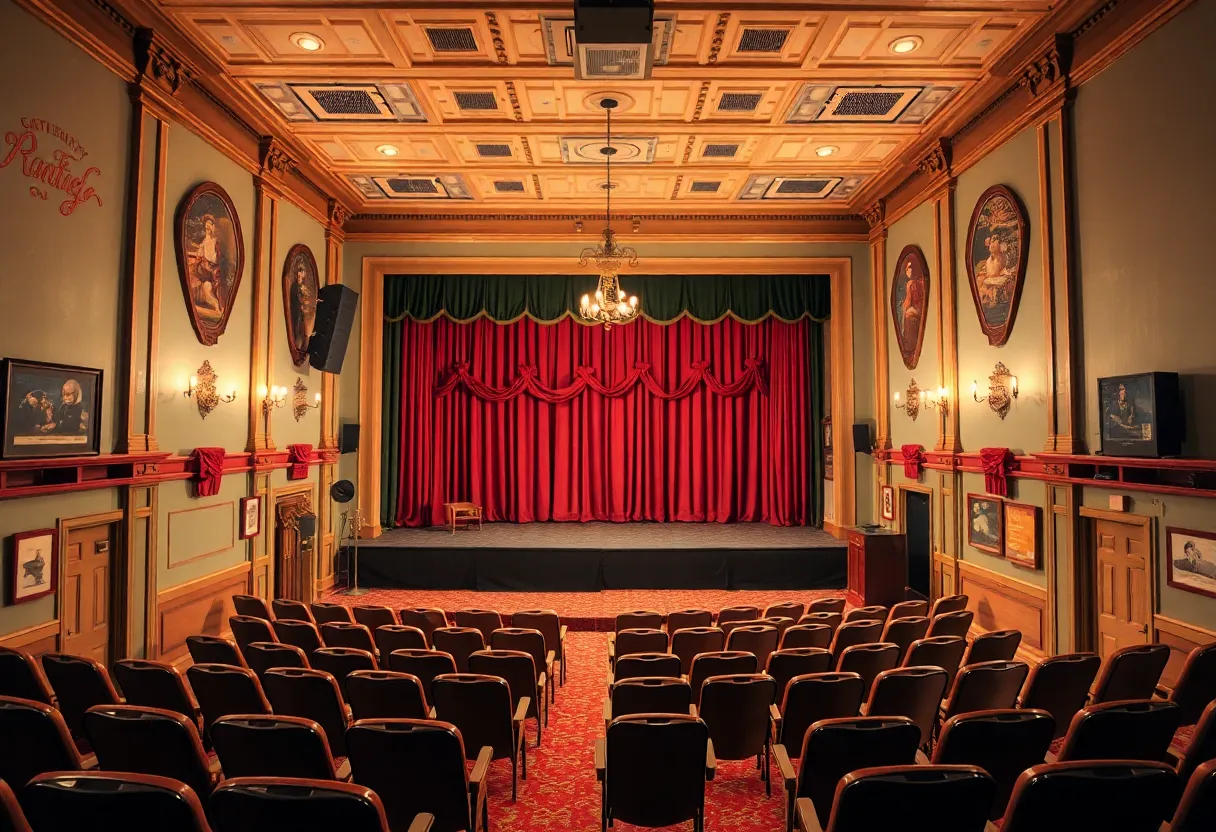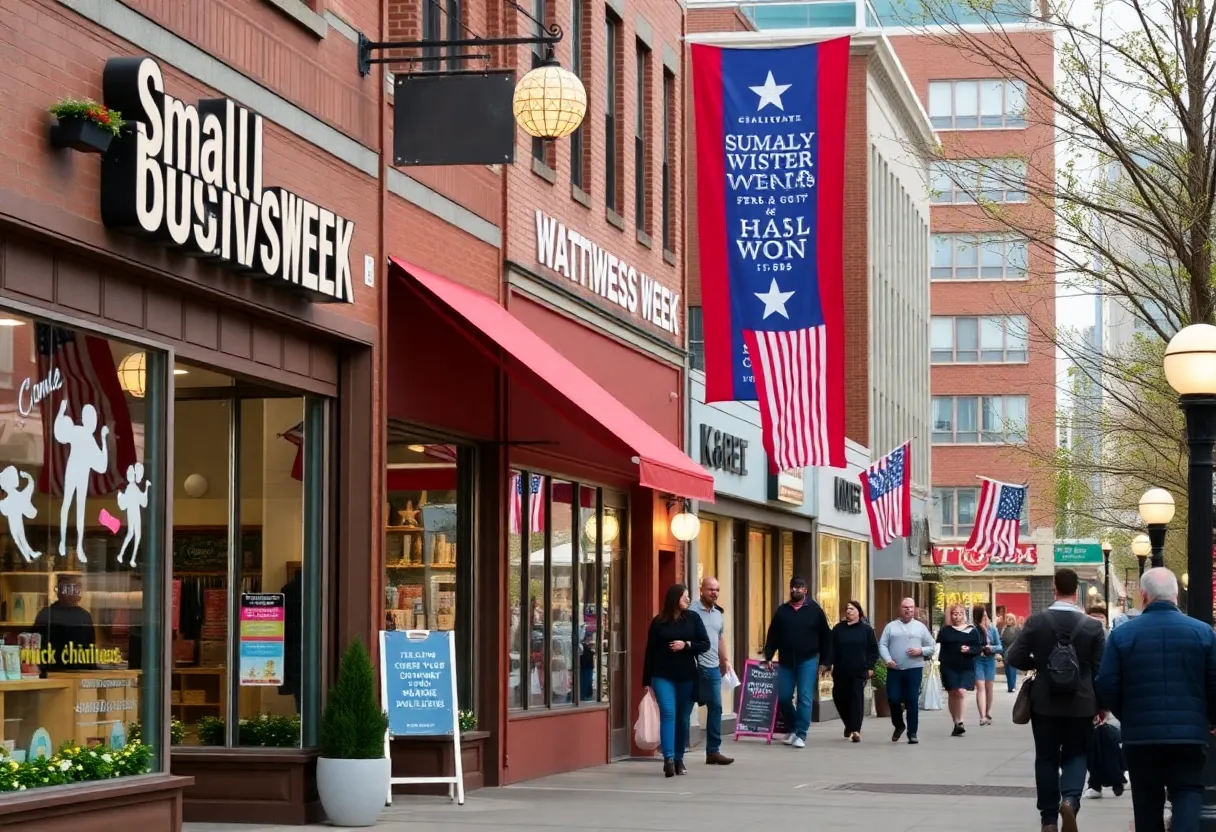News Summary
The Little Theater of Chattanooga, established in 1927 in a repurposed firehall, has become a cherished cultural venue. With community support, the theater hosts six productions a year while fostering local talent and involvement. Future plans aim to enhance its offerings with additional seating and continued engagement within the community, solidifying its role as a vital part of Chattanooga’s cultural identity.
Chattanooga’s Beloved Little Theater: A Journey Through Time
In the heart of Chattanooga, an exciting chapter began in 1927 when the Little Theater of Chattanooga found its permanent home at a converted firehall on East Eighth Street and Park Avenue. The transformation of this former fire station into a charming playhouse was a testament to the community’s deep commitment to the arts.
A Playhouse with Character
Once the renovations were complete, the theater was dressed to impress with a main hall that could seat over 300 guests and a spacious stage ready for a variety of productions. Imagine a cozy atmosphere where audiences gathered, just a stone’s throw from bustling McCallie Avenue, enjoying easy access and ample parking—what more could a culture aficionado ask for?
Behind the scenes, an enclosed courtyard was ingeniously repurposed into a workshop for scenery construction and storage. Beyond that, vestiges of the building’s past as a fire station were transformed as former stables became dressing rooms for the talented “Little Theater Players.” This creative repurposing reflects not only a love for theater but also a respect for history.
Productions That Captivate
From the very start, the board envisioned staging six productions each year, with each one gracing the stage for an impressive run of five or more performances. The enthusiasm for the theater sparked increased membership, leading to the addition of various play readings to further engage patrons. Community connection was a recurring theme, evident in the collaborative spirit that bloomed around this artistic haven.
Community Support at Its Finest
Oversight for the structural improvements of the firehall fell into the capable hands of J. Kent Boyd, aided by the generosity of local trustees and the cooperation of city officials, including the ever-supportive Mayor Richard Hardy. The city even approved a nominal rent to ease the path toward eventual theater ownership, showcasing a united front in promoting the arts.
Numerous community members contributed to this noble cause. Donations of cash and construction materials flowed in from those eager to support the theater’s growth. Architect C.E. Bearden generously created the plans for the renovations at no charge, reinforcing the notion that community spirit knows no bounds.
Plans for the Future
The theater board had grander designs beyond the initial renovations, including future plans for a balcony that would seat an additional 100 patrons. As the remodels wrapped up and performances resumed, the goal was clear: purchase the firehall outright. No more rental fees would mean savings that could swiftly add up, thus paving the way to greater financial stability.
Membership and Community Connection
To fortify its standing within the community, the board introduced a membership plan that offered every member two tickets to each play, with a maximum of 600 memberships. The excitement was palpable, with over 300 charter memberships renewed every year since the theater’s inception, showcasing the public’s enthusiasm for local talent.
A Creative Hub Blossoms
The 1927 season kicked off with the play “Sun Up,” penned by Luis Vollmer, which struck a chord with the local audience. The cast consisted mostly of first-time actors, with Mrs. Moore J. Smith taking the lead as Widow Cagle. This era wasn’t merely about performances; it became a vibrant venue for volunteerism and a training ground for creative roles such as scene design and technical lighting. The theater aimed to nurture local talent, providing a platform for them to hone their artistic skills and contribute to the community’s cultural tapestry.
Elevating Chattanooga’s Prestige
Even the city’s leadership recognized the theater’s invaluable role in promoting Chattanooga’s social and educational features against an industrial backdrop. The Little Theater of Chattanooga was evolving into more than just a performance space—it was becoming a cornerstone of the community’s identity.
As the seasons continue to change, one thing remains certain: the Little Theater of Chattanooga stands as a beacon of creativity, unity, and local pride, inviting everyone to join in this ongoing celebration of the performing arts.
Deeper Dive: News & Info About This Topic
HERE Resources
Hamilton County Schools Achieve Success Amid Voucher Debates
Hormona Lisa Brings Chattanooga to ‘RuPaul’s Drag Race’ Stage
Chattanooga Prepares for a Memorable New Year’s Eve Celebration
Chattanooga Unveils Holiday Activities for Families
Tyler Perry’s “The Six Triple Eight” Brings WWII Heroism of Black Female Battalion to the Big Screen
Chattanooga Submits Application to Become North America’s First National Park City
Chattanooga Gears Up for a Spectacular New Year’s Eve Celebration at Coolidge Park
Exciting Events and Hidden Shopping Gems in Chattanooga This Week!
Chattanooga Joyfully Anticipates Holiday Show: “Julie, The Queer That Saved Christmas” Returns to the Stage
Chattanooga Embraces Community Connections Through Cast Iron Storytelling Initiative
Additional Resources
- Times Free Press: Local History – The Chattanooga Little Theatres
- Wikipedia: Theatre in Chattanooga
- Chattanooga Pulse: A Jazzy Musical Treat – Ain’t Misbehavin’
- Google Search: Chattanooga Little Theater
- Nooga Today: Chattanooga Theatre Centre Announces 101st Season Lineup
- Encyclopedia Britannica: Theatre
- Chattanooga Moms: Where to Watch and Act in Theatre in the Chattanooga Area
- Google News: Chattanooga theater







